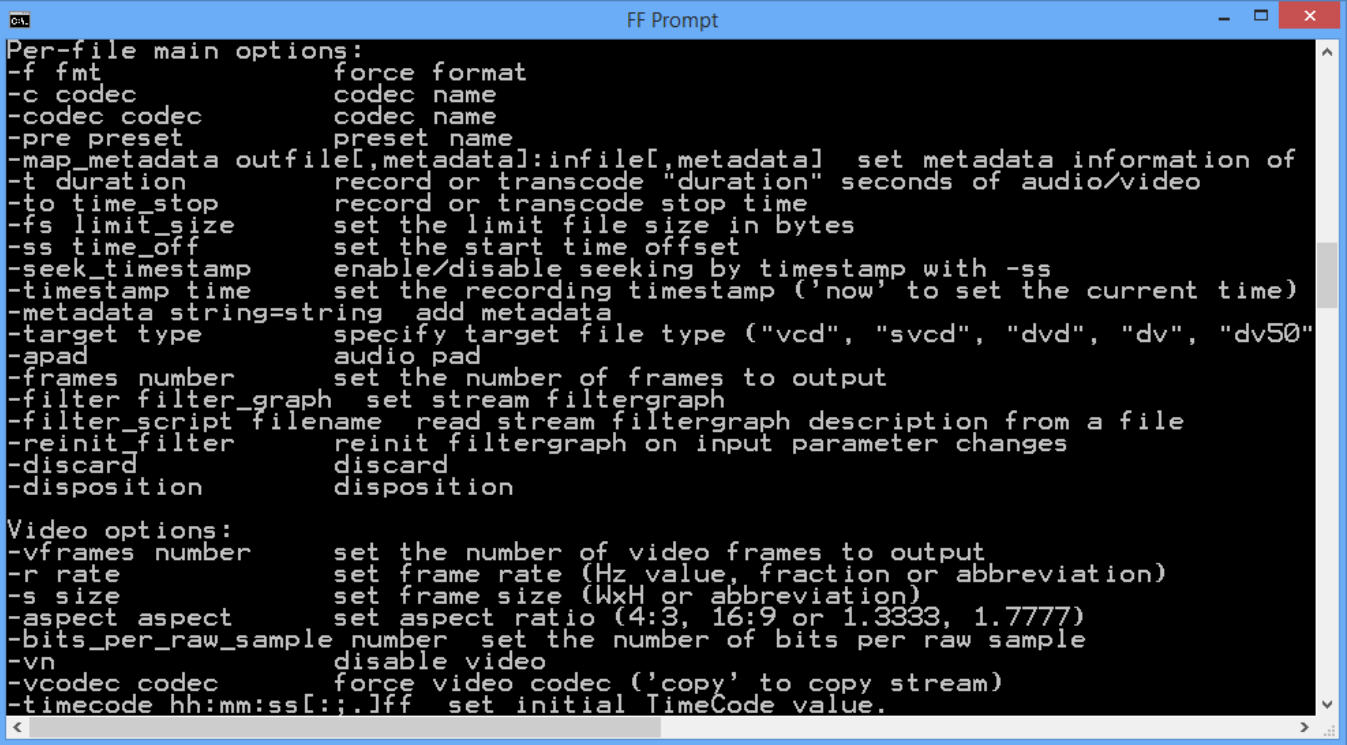
If you don't want to forward audio, disable it by passing the -no-audio command line flag. Now, when recording your Android 11 or newer device from the desktop using scrcpy, audio is also recorded. For Android 11 though, you'll need to make sure that the device screen is unlocked when starting scrcpy.

It's important to note that for Android 12 and newer, audio forwarding works without any tweaks. For Android 10 and older, audio cannot be captured, so this feature is disabled. This is enabled by default for devices running Android 11 and higher. The application focuses on performance and quality, offering 30~60 FPS with a resolution of 1920x1080 or more, and low latency.Īudio forwarding, one of the most requested features, has landed in scrcpy with the latest 2.0 release.

This is a free and open source application that can be used to display, record and control Android devices connected via USB or wirelessly, from a macOS, Windows or Linux desktop. But that's not all – this release also adds H265 and AV1 video codec support, along with other changes. Scrcpy, a tool to display control Android devices from the desktop, has been updated to version 2.0, receiving a major new feature: audio forwarding.


 0 kommentar(er)
0 kommentar(er)
